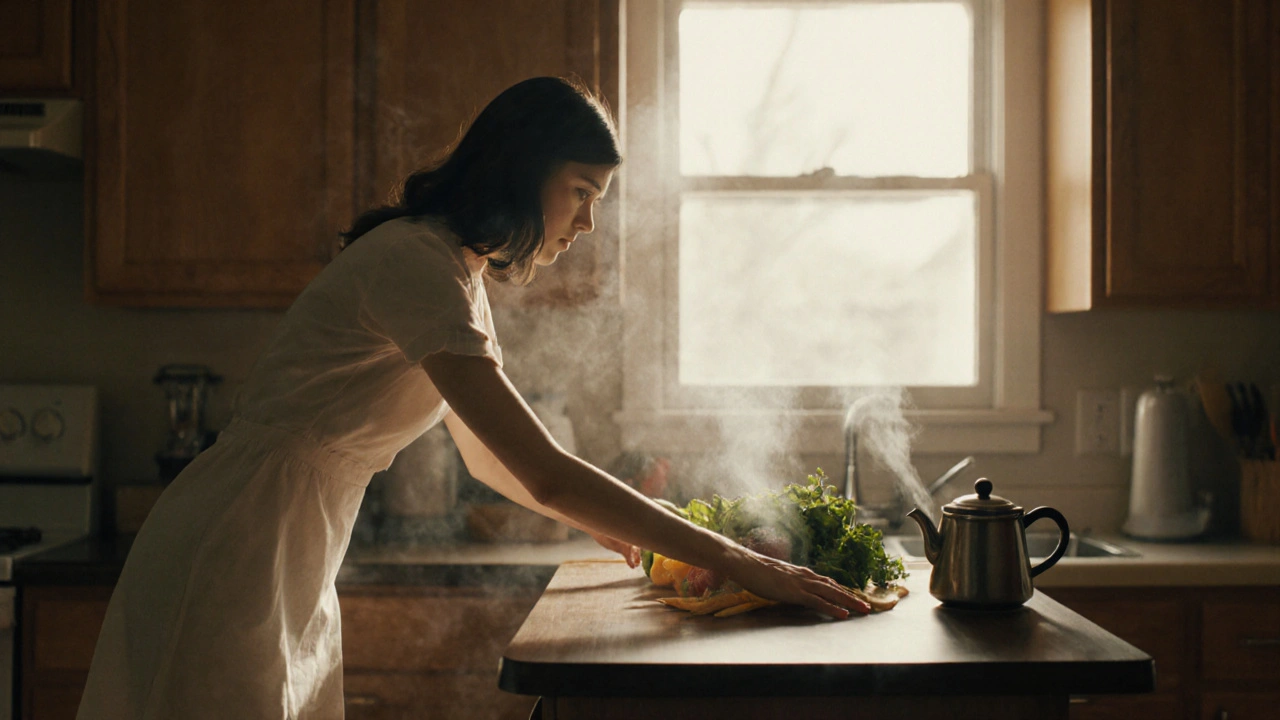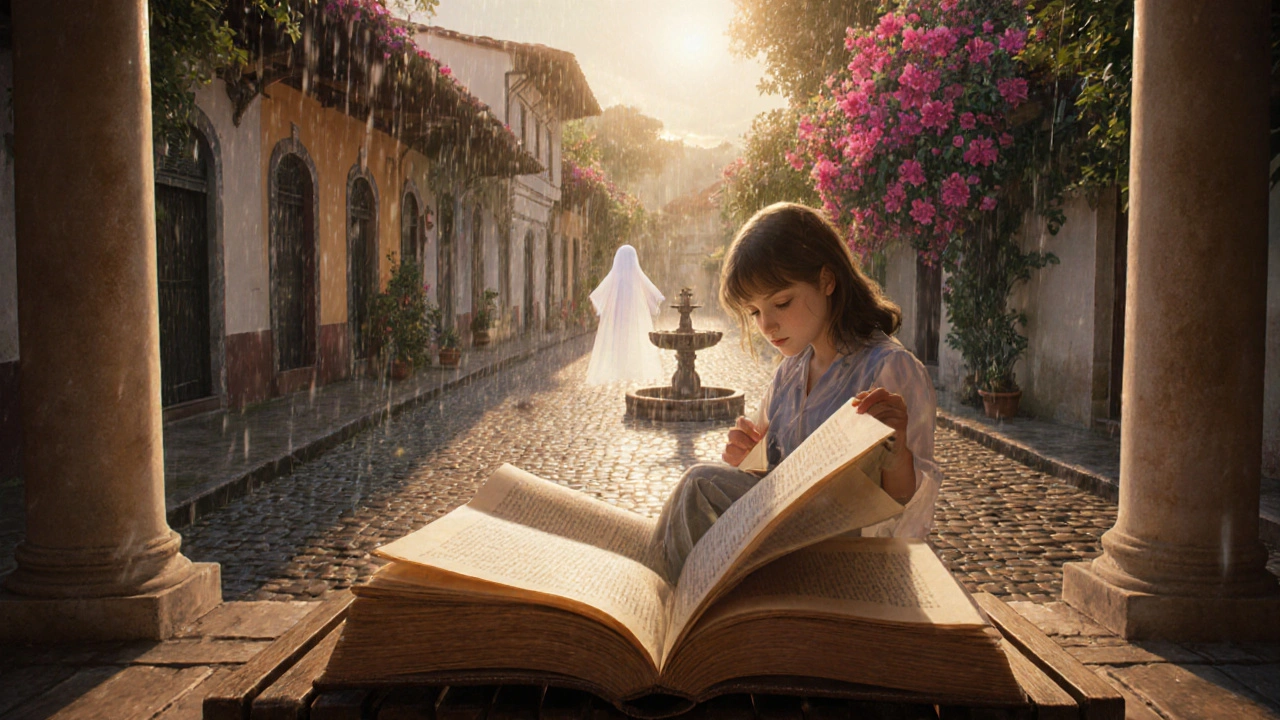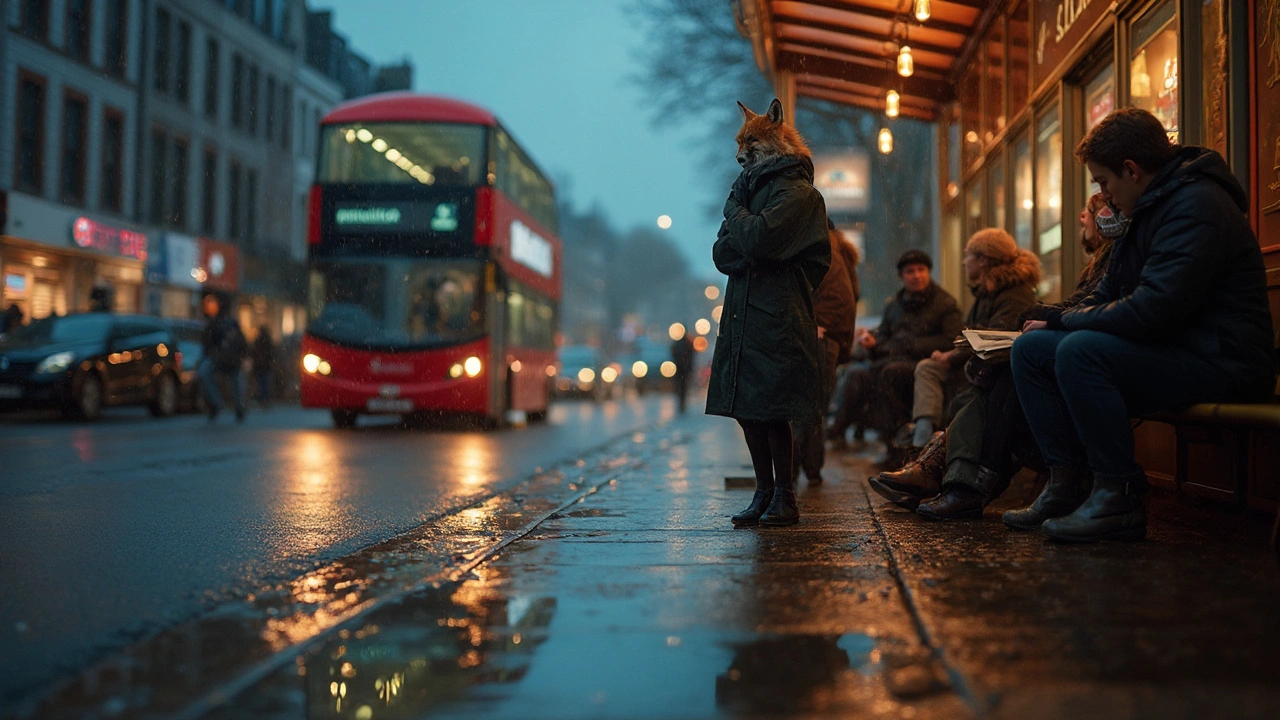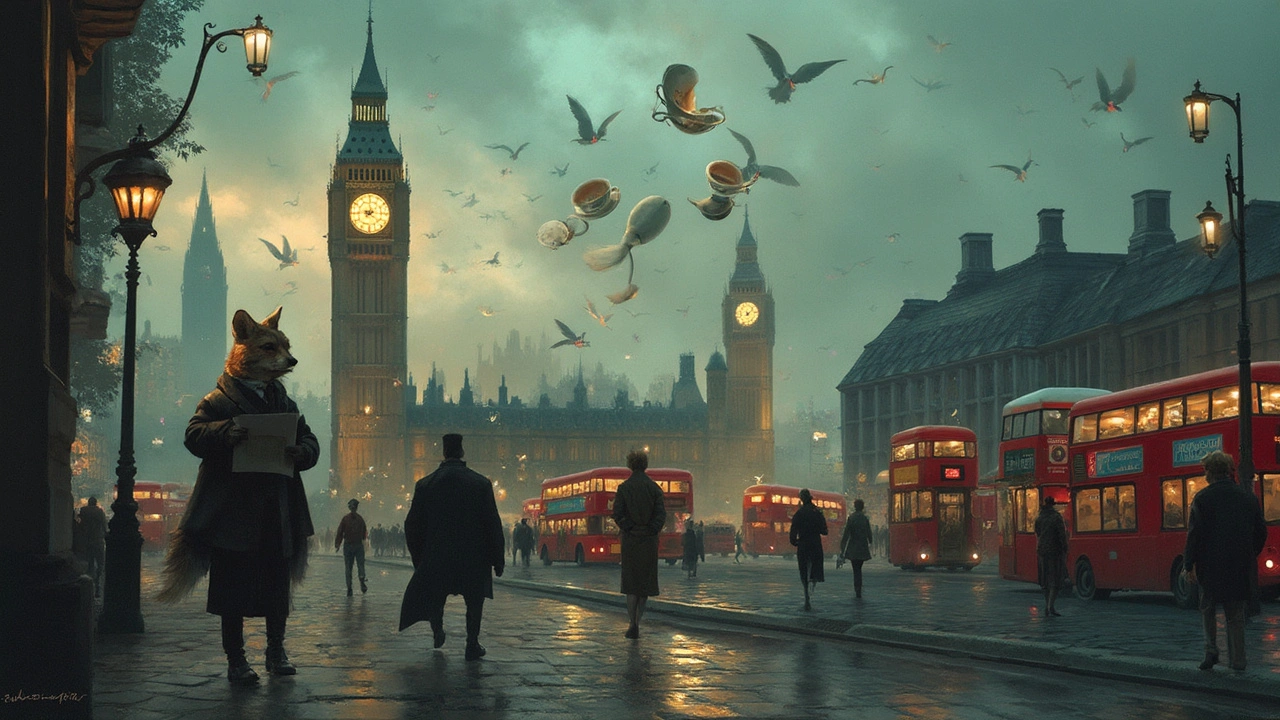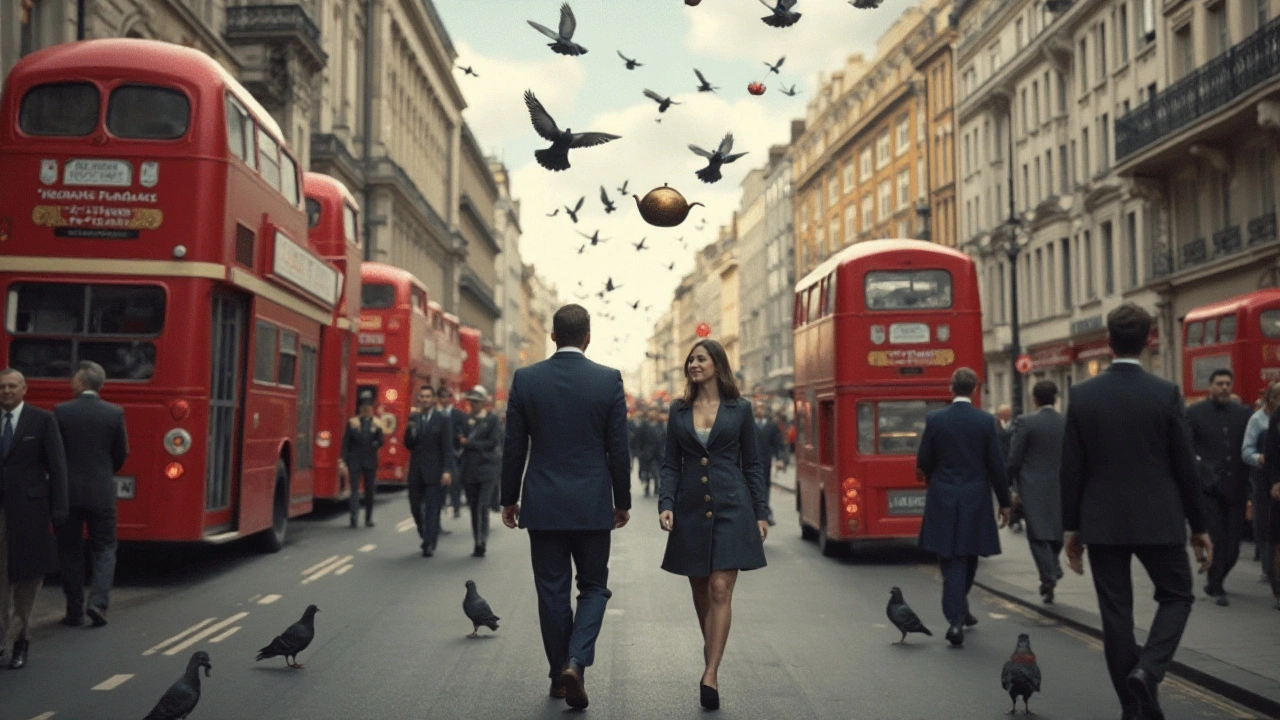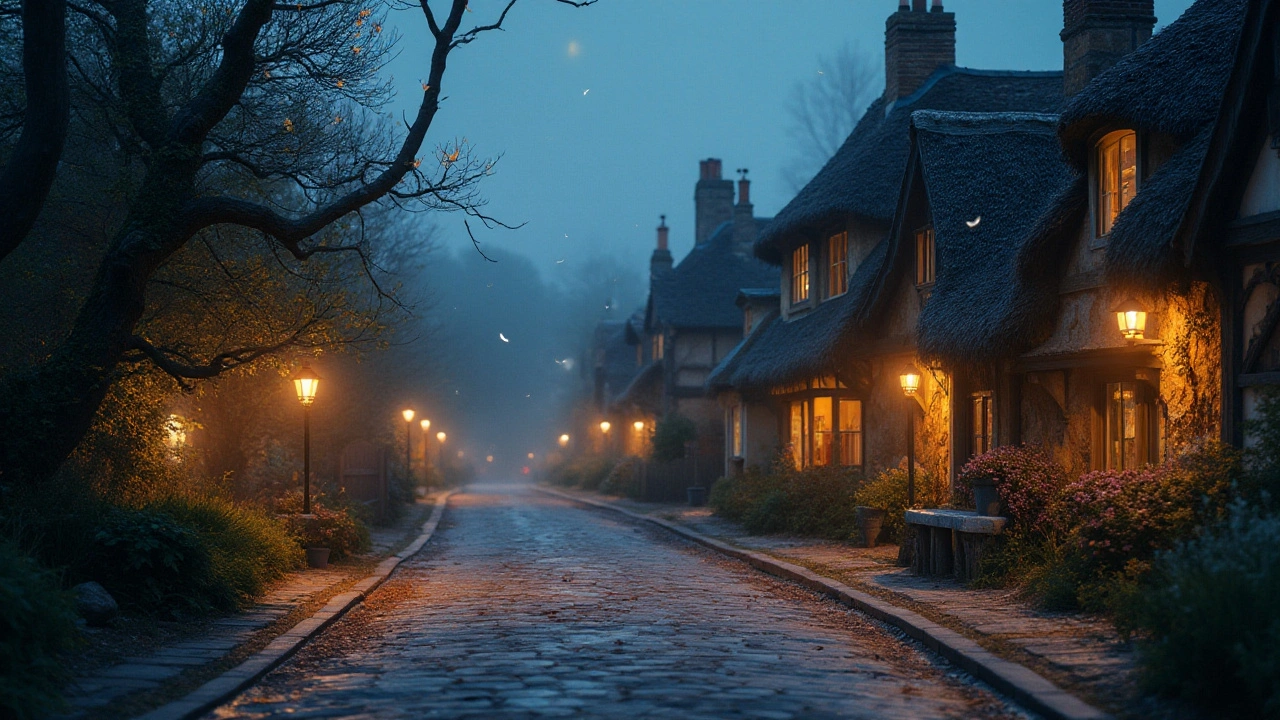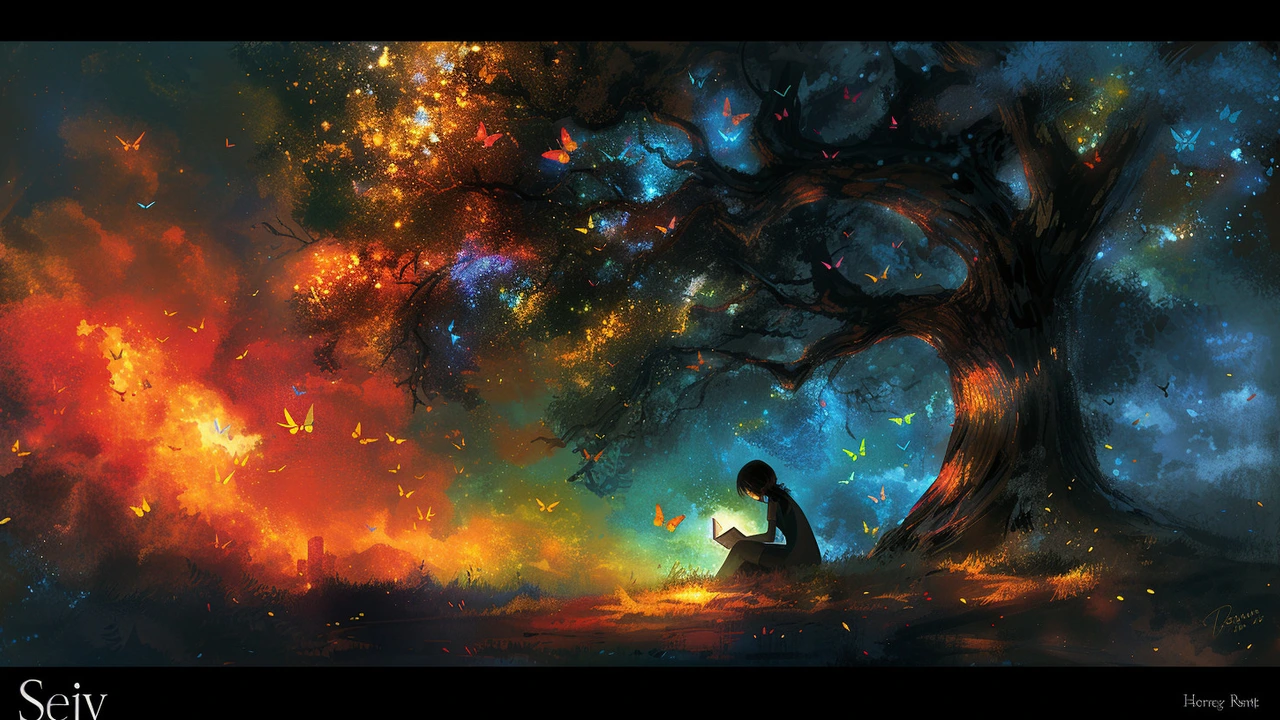Magical Realism: How to See and Make Art That Feels Both Real and Strange
Magical realism blends everyday life with a quiet, believable kind of magic. You won’t see flying dragons or obvious fantasy worlds — instead, small impossible things slip into scenes that otherwise look familiar. That mix is what hooks viewers and readers: the ordinary keeps you grounded while the strange nudges your imagination. Here’s a straightforward guide to recognizing the style and using it in your own work.
What to look for
Start by watching how artists treat the impossible. In magical realism the surreal is treated as normal: characters accept odd events without big explanations. Visually, look for one subtle twist inside an otherwise realistic scene — a shadow that moves on its own, a room that grows a little each day, or objects that carry memory. Lighting stays natural, colors aren’t exaggerated for drama, and details are specific. Those specifics make the strange feel believable. Also pay attention to mood: it’s often quiet, slightly uncanny, not loud or theatrical.
How artists create it
Artists use simple tricks to make magic feel real. First, choose a solid, real-world setting — a kitchen, a train station, a city street — and ground it with textures and small details. Then add one convincing impossible element and let it sit without dramatic effects. Avoid flashy visuals or obvious CGI-style edits. Use painterly techniques like realistic brushwork, subtle color shifts, or careful perspective to keep a scene anchored. In photography, try staged scenes with everyday props and a single odd element. In mixed media, combine photos and hand-drawn marks so the magic looks like part of the object, not pasted on.
Story matters. Magical realism works best when the narrative treats the strange as part of life. Build quiet rules for the magic so viewers can accept it. Why does the tree hum at night? You don’t need a full origin story — just enough behavior to make the magic predictable. Small, repeated details—like a marked cup that always floats at dusk—help the viewer form a believable pattern.
If you want fast practice, remix ordinary photos: remove or add a tiny element and resist explaining it. Paint a realistic room and change one proportion. Write short captions for images that refuse to explain the odd event. These tiny experiments train you to balance ordinary and strange without tipping into fantasy or surrealism.
Finally, look at examples beyond the usual suspects. Read writers known for magical realism and study painters who borrow that tone. Compare how mood, detail, and restraint work differently across media. The goal isn’t trickery — it’s making a small impossibility feel true. That’s the secret that keeps people returning to magical realist works again and again.

